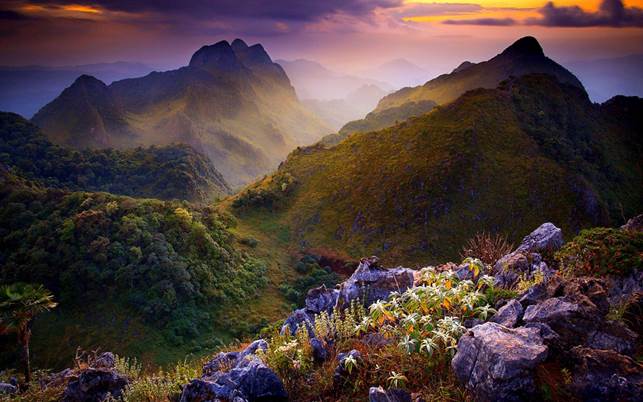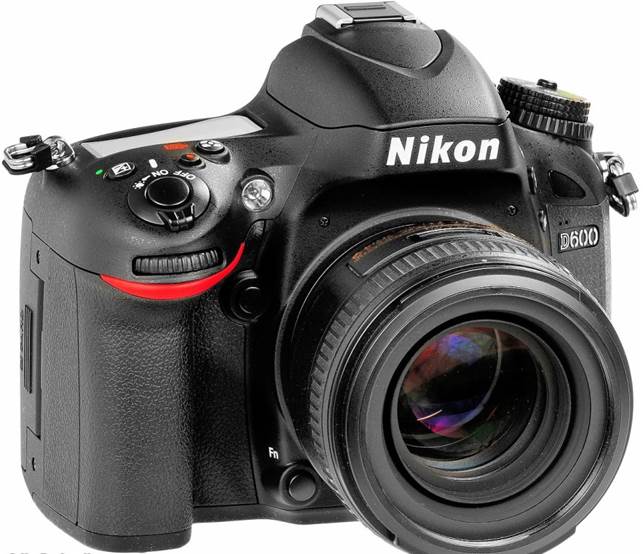We come inside with dewy shoes and arms full of firewood. The air
shifts, the leaves fall, and the farm stands are full of crimson, browns and
orange. The cooler wet weather creeps in; we light the first fire in the wood
stove and walk slowly into autumn. Welcome to fall in New England. Through the
early-morning fog, we drive past ponds where mist rises; I note the time of day
and slant of light. My de- sire is to drive back this way alone with my camera,
tripod and a few hours of solitude with which to explore. If the seasonal
transition of summer to fall finds you feeling adventurous and nostalgic, like
me, you might enjoy stepping outside the box with your camera to photograph
this shift of season with the lure of lingering colors before they fade into
winter.

Welcome to fall in New
England. Through the early-morning fog, we drive past ponds where mist rises; I
note the time of day and slant of light
Lighting and white balance
Not all things need to be photo- graphed in bright sun. In the
fall, sun- light is best used as side lighting early or late in the day. There
are two types of light we need to be familiar with. The first is diffused light
from an overcast sky. This type of light is cool and bluish. It helps to
eliminate harsh shadows and brings out the strong tones and colors that aren’t
visible under the sun. Diffused light is very soft and even, produces great
results and allows for shooting all day long (as long as the clouds cover the
sky). The
second type of light is the “gold- en hour” that occurs just after sunrise and
just before sunset. When the sun is this low on the horizon, it gives off a
warm tone that’s complementary to the fall palette. While enhancing the tones,
it can lead to very saturated colors. With both types of light, you’ll need to
adjust your white balance accordingly. Get- ting familiar with white balance
will only improve your photography. Proper white balance takes into account the
color temperature of the light source. Our eyes are good at adjusting what’s
white under different light sources, but digital cameras can have difficulty
with auto white balance. Understanding white balance will help you avoid color
casts in your images. Color casts are unwanted tints that evenly affect the
entire image. Certain subjects create problems with a camera’s auto white
balance, so if the scene al- ready has an abundance of warmth (like vibrant
fall foliage shot in early-morning light), the camera will try to compensate
for this warmth by creating a bluish col- or cast. Using presets or a custom
white balance gives you more control with your images. White balance is an element
of photography that’s often over- looked. While shooting fall colors, it’s
important to adjust white balance so our color images are as accurate as
possible.

Certain subjects create
problems with a camera’s auto white balance, so if the scene al- ready has an
abundance of warmth (like vibrant fall foliage shot in early-morning light),
the camera will try to compensate for this warmth by creating a bluish col- or
cast
Lens choice
Choosing the lens that’s right for you is a personal decision that
mostly de- pends on the type of images you seek to create. I prefer to use a
long-focus zoom lens (the Sigma 18-200mm is a favorite in my camera bag)
because I find it helpful while playing with composition. Long lenses are
versatile. They compress the distance between objects, which results in an intimate
image. A long lens also allows you to stay in one place and zoom in and out
instead of moving around to find the best angle for the focal length. I also
have a Nikon 50mm ƒ/1.4 in my camera bag. This prime lens is a fast piece of
glass that’s very lightweight. Its wide aperture allows me to create a shallow
depth of field and helps me shoot in low light. It gives me sharp isolation and
allows me to frame a scene even in the most unlikely areas. Its size makes it a convenient lens to bring
just about any- where. Each lens has its benefits in different situations. They
both allow room for creativity in composition. In any season, we must always
con- sider composition, light, shadows, gear and mood while shooting. Fall is
no different. Focusing solely on the color of the season will leave you
shortsighted. The color you see around you is best framed as one component of
the whole image. Fall landscapes are commonplace and popular for capturing a
large-scale view. This perspective complements the vast scope of color that
surrounds us at this time of year. We can capture the essence of fall through
dramatic scenes, everyday scenes or the simple flavor of the season.

I also have a Nikon 50mm
ƒ/1.4 in my camera bag. This prime lens is a fast piece of glass that’s very
lightweight